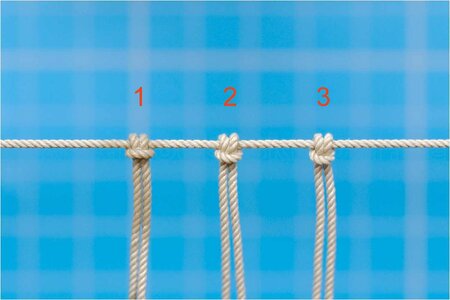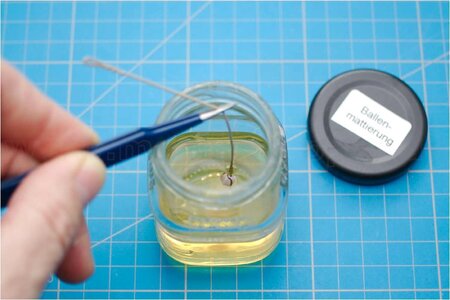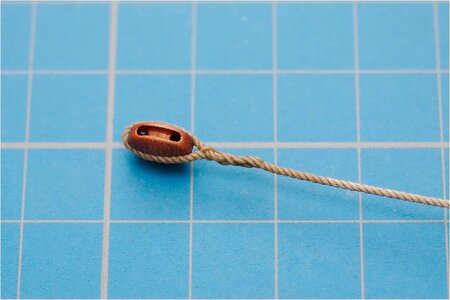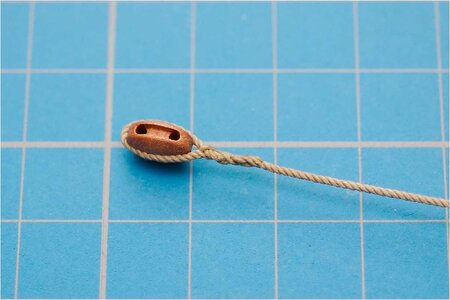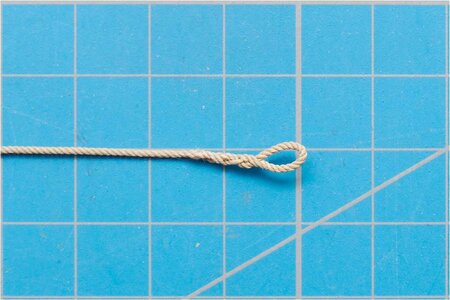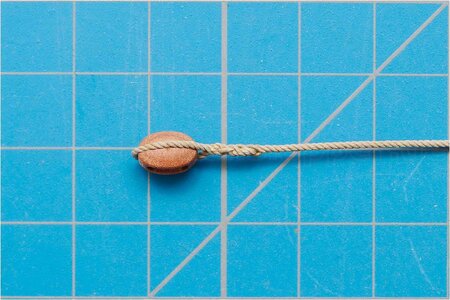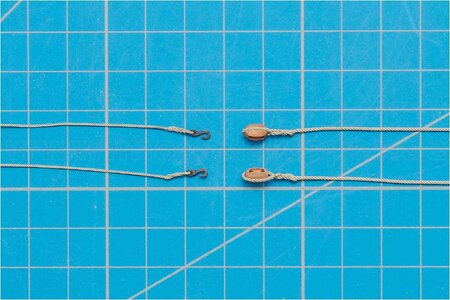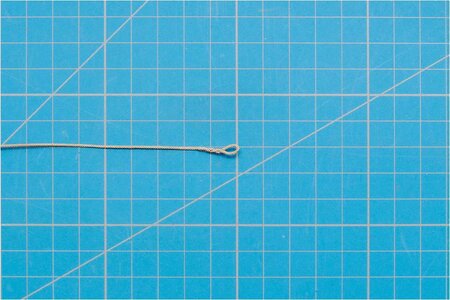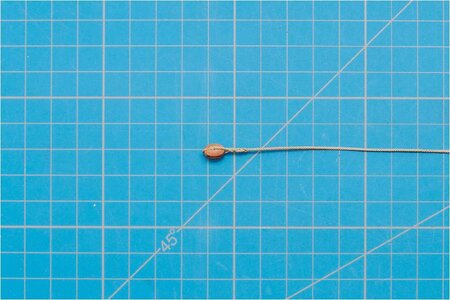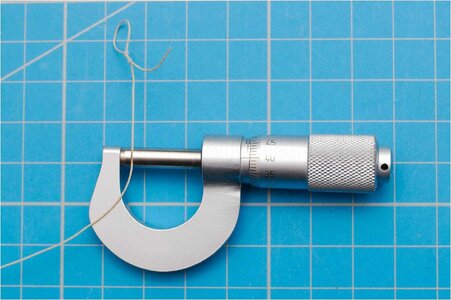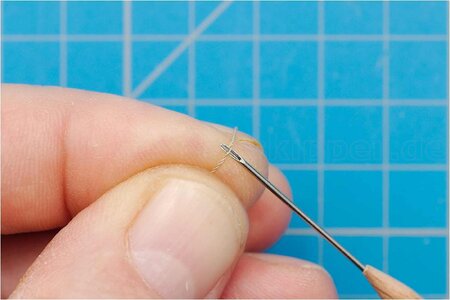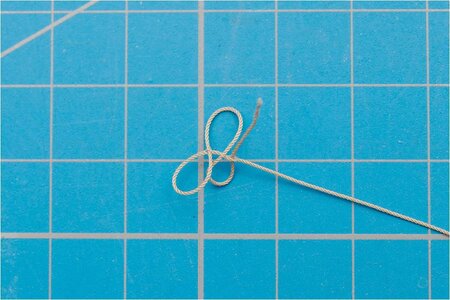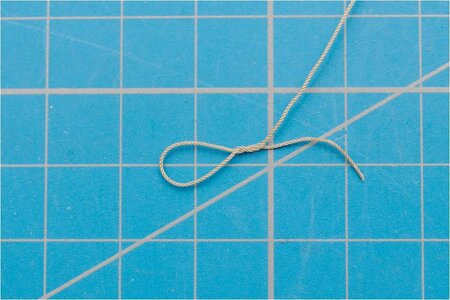Hello colleagues.
I want to introduce you to an interesting article that I found on the Internet. The author of the article is the owner of the website Modellskippers Modellbaublog. The article is published with his permission.
The original in German can be found here:LINK
His blog on Facebook:LINK
Splice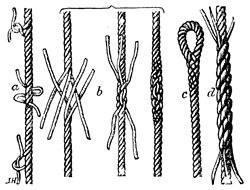 Splices are used, for example, to repair or extend ropes, or to create a fixed and inseparable eye.
Splices are used, for example, to repair or extend ropes, or to create a fixed and inseparable eye.
There are different types:
a: Long splice
b: Short splice
c: Eye splice
d: End or back splice.
In a splice, you separate the strands from each other at the end of the rope and intertwine them with the strands of the rope that are lying together, as in these animations:

 More or less, all you need on the model are eye splices for blocks, thimbles or a fixed eye for other applications.
More or less, all you need on the model are eye splices for blocks, thimbles or a fixed eye for other applications.
For a long time I used to attach blocks to the rope with a tackling to create an eye, as I had not yet managed to create satisfactory real splices. It was simply too time-consuming for me and I always gave up in frustration.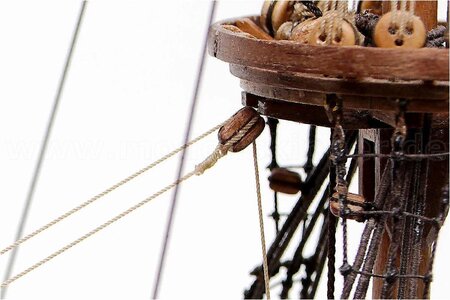
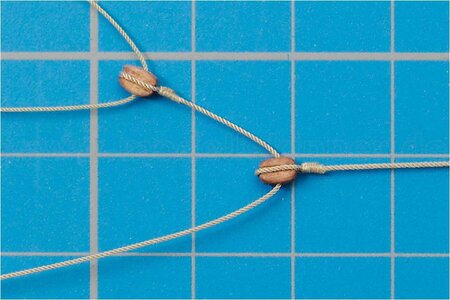
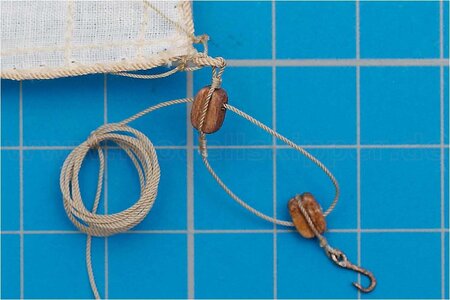
At some point I came across a fairly simple solution for creating splices on a small scale in an internet forum. The term "fake splice" started making the rounds.
After further research, I found that it is not a fake at all and that it is certainly justified in everyday maritime use under the name of a ribbon splice, crossed ribbon, makeshift eye or fixed eye.
In KN the term eye splice is explicitly mentioned, with the addition that this type of splice is used for rigging twine and lashings.
It is used in many ways, e.g. as a starting point when putting on a strap, when splicing straps into the loops of a tarpaulin, tackle ropes, nocking straps or block straps.
In contrast to a "real" splice, here it is not the individual strands but the entire end that are put through the rope, making a "model splice" much easier to implement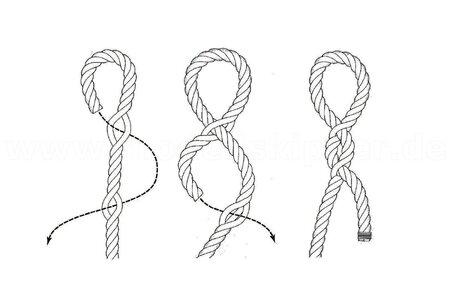
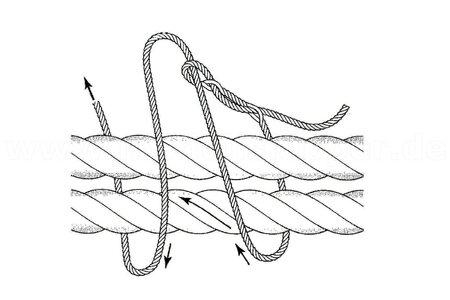
This is how splicing works
For splicing, I make so-called hollow spikes from syringe needles, with different diameters, depending on the rope thickness.
The tip and sides are deburred with a cutting disc and then glued into a handle made from a piece of round wood.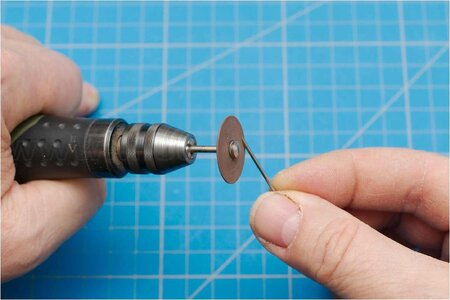
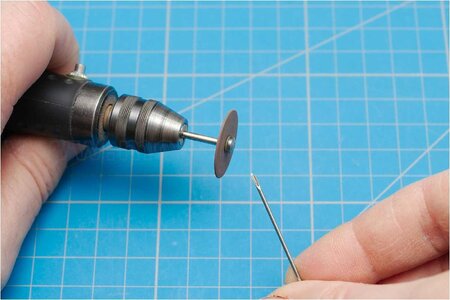
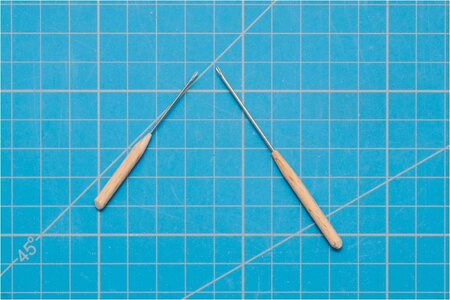 I also use magnifying glasses with 2.5 to 3.5 times magnification for this work.
I also use magnifying glasses with 2.5 to 3.5 times magnification for this work.
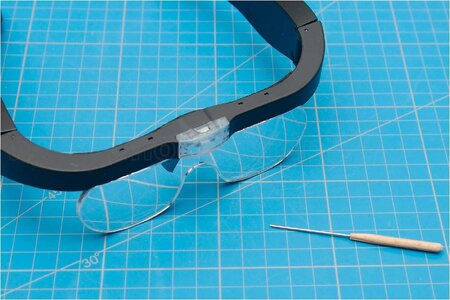
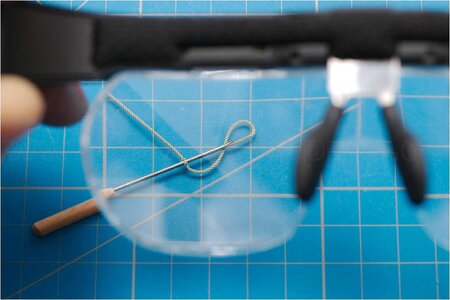
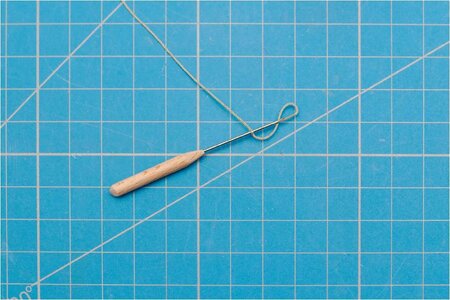 I stick the spiker under a strand, put the end of the rope into the cannula and pull the end through the rope.
I stick the spiker under a strand, put the end of the rope into the cannula and pull the end through the rope.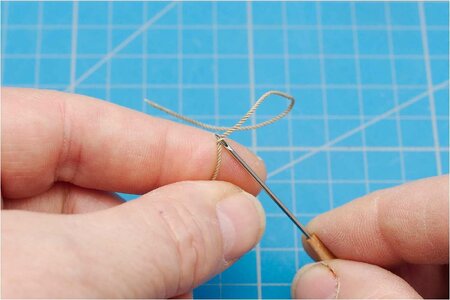
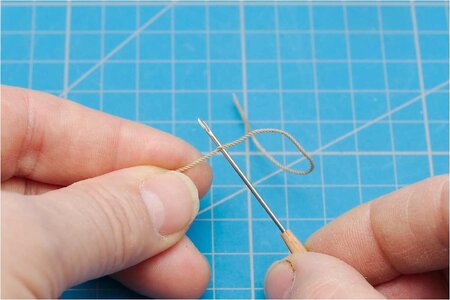
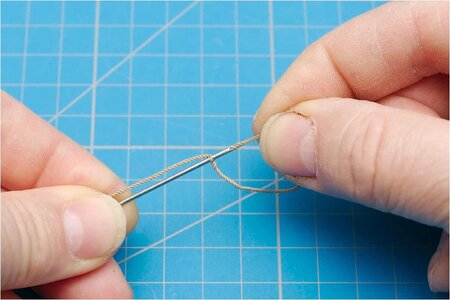
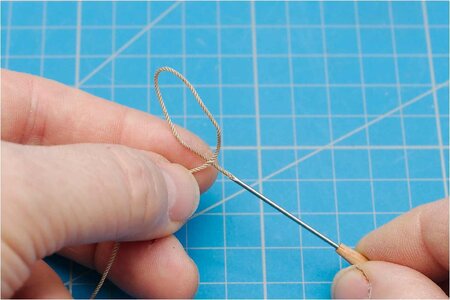
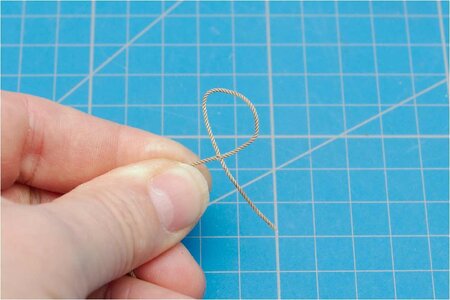 I repeat this twice more.
I repeat this twice more.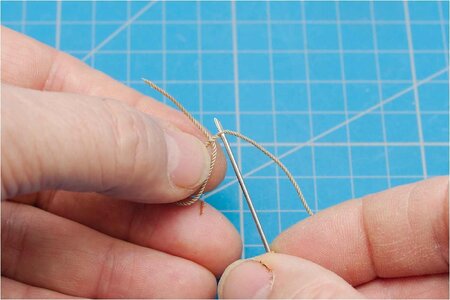
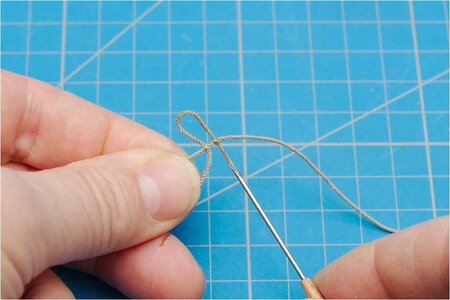
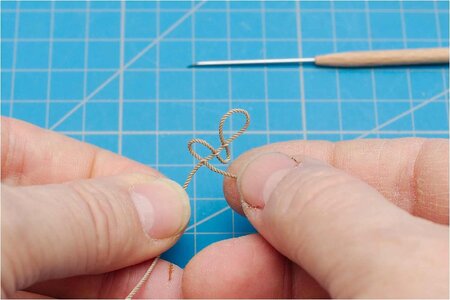 Then I pull on the first stitch to get the right size eye. Finally, I pull the remaining stitches tight, cut off the excess and thus obtain the splice.
Then I pull on the first stitch to get the right size eye. Finally, I pull the remaining stitches tight, cut off the excess and thus obtain the splice.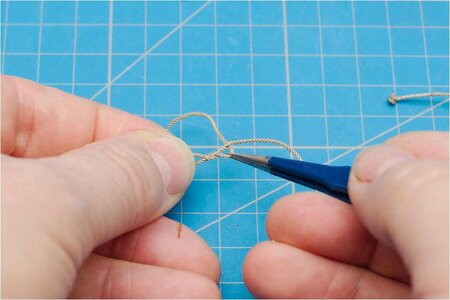
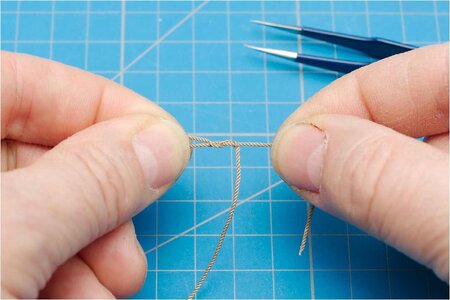
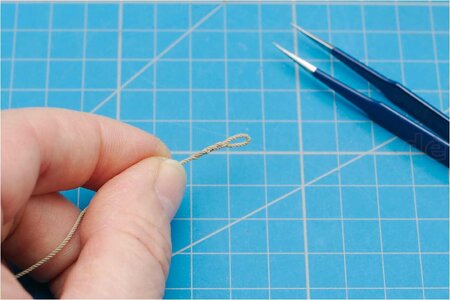
I want to introduce you to an interesting article that I found on the Internet. The author of the article is the owner of the website Modellskippers Modellbaublog. The article is published with his permission.
The original in German can be found here:LINK
His blog on Facebook:LINK
Splice
 Splices are used, for example, to repair or extend ropes, or to create a fixed and inseparable eye.
Splices are used, for example, to repair or extend ropes, or to create a fixed and inseparable eye.There are different types:
a: Long splice
b: Short splice
c: Eye splice
d: End or back splice.
In a splice, you separate the strands from each other at the end of the rope and intertwine them with the strands of the rope that are lying together, as in these animations:

 More or less, all you need on the model are eye splices for blocks, thimbles or a fixed eye for other applications.
More or less, all you need on the model are eye splices for blocks, thimbles or a fixed eye for other applications.For a long time I used to attach blocks to the rope with a tackling to create an eye, as I had not yet managed to create satisfactory real splices. It was simply too time-consuming for me and I always gave up in frustration.



At some point I came across a fairly simple solution for creating splices on a small scale in an internet forum. The term "fake splice" started making the rounds.
After further research, I found that it is not a fake at all and that it is certainly justified in everyday maritime use under the name of a ribbon splice, crossed ribbon, makeshift eye or fixed eye.
In KN the term eye splice is explicitly mentioned, with the addition that this type of splice is used for rigging twine and lashings.
It is used in many ways, e.g. as a starting point when putting on a strap, when splicing straps into the loops of a tarpaulin, tackle ropes, nocking straps or block straps.
In contrast to a "real" splice, here it is not the individual strands but the entire end that are put through the rope, making a "model splice" much easier to implement


This is how splicing works
For splicing, I make so-called hollow spikes from syringe needles, with different diameters, depending on the rope thickness.
The tip and sides are deburred with a cutting disc and then glued into a handle made from a piece of round wood.


 I also use magnifying glasses with 2.5 to 3.5 times magnification for this work.
I also use magnifying glasses with 2.5 to 3.5 times magnification for this work.

 I stick the spiker under a strand, put the end of the rope into the cannula and pull the end through the rope.
I stick the spiker under a strand, put the end of the rope into the cannula and pull the end through the rope.



 I repeat this twice more.
I repeat this twice more.

 Then I pull on the first stitch to get the right size eye. Finally, I pull the remaining stitches tight, cut off the excess and thus obtain the splice.
Then I pull on the first stitch to get the right size eye. Finally, I pull the remaining stitches tight, cut off the excess and thus obtain the splice.


Last edited:



